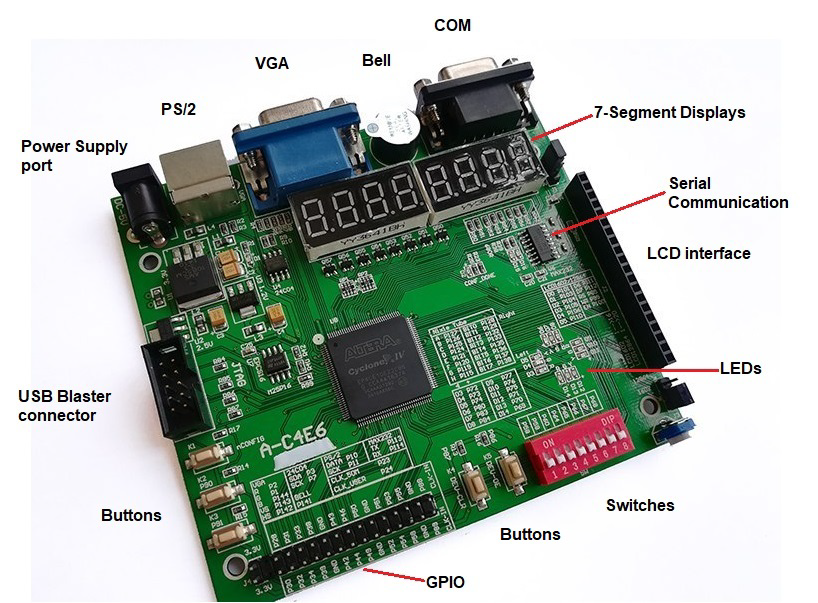Abstract
Linear feedback shift registers are an excellent tool for implementing a pseudo random bit generator in hardware; they inhibit a simple and efficient electronic structure. Further, they are capable of producing output sequences with large periods and good statistical properties. However, standard LFSRs are not cryptographically secure, since the output sequence can be uniquely predicted given a small number of key stream bits using Berlekamp-Massey algorithm. Several methods have been proposed to destroy the linearity inherent in LFSR design. These methods include nonlinear combination generators, nonlinear filter generators, and clock controlled generators. Nevertheless, they remain vulnerable to many attacks such as side channel attacks and algebraic attacks. In 2015, a new clocked controlled generator, called the switching generator, was proposed. This new generator has been proven to be resistant to algebraic attacks and side channel attacks, while preserving efficiency and security requirements. In this project, we present a design of the switching generator using Verilog HDL.
Read more → 








